"While these days polenta often appears on menus, I don't think I'm the only one who's struggling to get round to cooking it at home. Perhaps all that stirring puts us off, though we clearly don't feel the same about risotto." Hugh Fearnley-Whittingstall

A late resolution I made, and one I didn't write down or tell anyone about was to make, during the year, things I had never dared to make, or just never had. Polenta wasn't on my list, but when I made this gorgeous dish - Baked polenta with feta, béchamel and za'atar tomatoes from the latest OTK book Extra Good Things and I knew I was going to write about it, I decided that yes, polenta probably should have been on my list. For I have never made it. Somehow it didn't appeal, it looked sort of stodgy and gloopy all at the same time, and as Hugh Fearnley-Whittingstall says, it was surrounded by a fair amount of mystique. So I now can give a tick to the first never cooked or mastered before dish/ingredient on my list.

A specific kind of polenta though. Not the gloopy kind, although when you look at this immaculately styled and photographed dish of soft polenta, one could be tempted. It's a photograph from Donna Hay's massive tome, The New Classics. And it's instant polenta too, because that's the other thing about polenta I have discovered. The purists, of course, say you should use the real thing which is fine and takes that long stirring that Hugh Fearnley-Whittingstall was talking about, to cook, with all the potential dangers of lumpiness and burning. And it's also hard to find I believe. Although I haven't looked and I have to admit I had no idea what kind of polenta I was using because I store my polenta in glass jars once the packet is open. All I knew was that it was from the supermarket and was the cheapest, so therefore, most likely instant. So I was very cheered to read Felicity Cloake saying, in her recipe for Perfect polenta chips:
"Its principal job in this case is to set firm, and instant does that just as well as artisanal stoneground biodynamic, and in considerably less time, too." Felicity Cloake
Ok - slight digression coming up, since I have mentioned Felicity Cloake and her perfect chips. As I was concentrating on solid polenta in one form or another the option of chips came up fairly early on. Fundamentally you make a thick polenta, leave it to set and then deep fry, or shallow fry, grill or bake. And Felicity will take you through all of those options. So below are Felicity's perfect ones, and also some from Jamie - Baked polenta chips with pesto dip and slightly different ones from Nigel Slater - Deep-fried polenta with taleggio - who says of the set kind of polenta:
"Having a block of set polenta in the fridge is as useful as having a loaf to hand."
But back to the original impetus for this post - Noor Murad's sort of polenta pizza. And yes it's a Noor Murad recipe not an Ottolenghi one. You can even watch her make it:
I presented David with a shortlist of dishes for the entrée for our lunch with old friends and he chose this one - my frontrunner too. Well the picture - as shown at the top of the page was stunning. It was pretty easy to make, and you could make the tomatoes the day before - they may well have been the star of the dish by the way. The rest of it was pretty easy. Fundamentally you make a thick béchamel sauce, then you make your thick polenta, which I have to say was pretty easy, spread it out on a tray, top with the béchamel - also spread out and top that with crumbled feta and cook in a very hot oven for half an hour or so before serving, topped with those tomatoes. The problem was I didn't read the recipe properly and had the oven on at the low temperature at which the tomatoes had been cooked. Which was a bit of a disaster really. I upped the temperature of course when I realised, and it did crisp up around the edges, but the middle was a bit soggy. So you could say - total disaster - and entirely my fault. However, somewhat unbelievably really it still tasted fantastic and we all gave it 4 stars. It would have been five if not for my soggy middle. And I shall definitely make it again. This time at the right temperature. I confess I did wonder at the low temperature - it didn't seem quite right - but stupidly I did not check.

And buy that book by the way. It is full of scrumptious things. Our dessert - Pistachio macaron cake - came from there too.
Mind you, when today I started looking for baked polenta variations I realised that the Ottolenghi crew had not been as original as I thought. Well not in the basic idea of baking some thick polenta and then topping it with things - like pizza. It's been done many times before. The originality lay in the topping I think - the béchamel - I did not see that anywhere before - the cheese and very definitely the tomatoes - the 'extra good thing' in this recipe and able to be used in so many different ways. Maybe the originality is in the melding together of two different cuisines - Italian - the polenta base and the pizza concept, and Middle-Eastern - the za'atar spiced tomatoes - so very, very easy to make by the way. You just need a magic jar of za'atar spice mix in your cupboard. And I suppose there is French - the béchamel, although that's Italian too, and also Greek - the feta cheese. And here's another inconsequential aside. I was going to be really good and use the Greek feta that was suggested in the recipe. I generally use Danish feta - or white cheese as it is now known - yes it's cheaper, but I also prefer the taste. Anyway when I went to get the Greek I noticed that the price was over twice that of the Danish, and when I asked the lovely lady in the Coles deli which one she thought was best, she also plumped for the Danish. So Danish it was.
But back to baked polenta and what I found. One thing I noticed was that some people did not cook the polenta before baking it - they simply mixed it in a bowl before pouring it into a baking tray. There was also variation as to the liquid used - the OTK version used a mix of milk and water - slightly more milk than water, but others used just water, stock and water, stock and milk - and so on. But always cheese although they varied with the cheese they used. So here are a few versions of baked polenta plus a topping: to begin we have Polenta uncia from Rinaldo di Stasio which is very basic; then there is One tray cheesy baked polenta with pancetta and sage from Jessica Brooke; Baked polenta with tomato sauce and ricotta from Art Smith of Epicurious; Baked polenta with taleggio and mushrooms from Sylvia Colloca; Grilled green polenta and Cheesy baked polenta in tomato sauce from Ottolenghi himself - well he is half Italian and finally, a slightly different Zucchini and polenta slice with broccoli pesto from Charlotte Binns-McDonald
Lots of very different ideas there from one basic mix I suppose. As Nigel Slater says:
"There isn’t much you can’t use to embellish the crisp, canary-hued toast, from a straightforward trickle of olive oil to reheated leftover stews or anything you need to make more substantial." Nigel Slater

Then there is this one outlier from the late Valli Little - possibly one of the most underrated cooks in recent times - Twice-baked polenta soufflés with taleggio sauce. They look very impressive.
Others make gnocchi from the set slab of polenta, but that's not exactly the same, although I suppose that Ottolenghi's version with the tomato sauce is a bit like the Roman kind of gnocchi.
Anyway I can now say that yes, I have made proper Polenta. (We'll ignore the fact that it was instant polenta.)
I also didn't say that this is a Northern Italian thing - polenta in the north, pasta in the south. Not quite true surely? But it does explain the use of taleggio cheese in many of these recipes. And before the Italians actually had corn - it's from the Americas of course - they made the same kind of things with other grains - spelt, barley ...
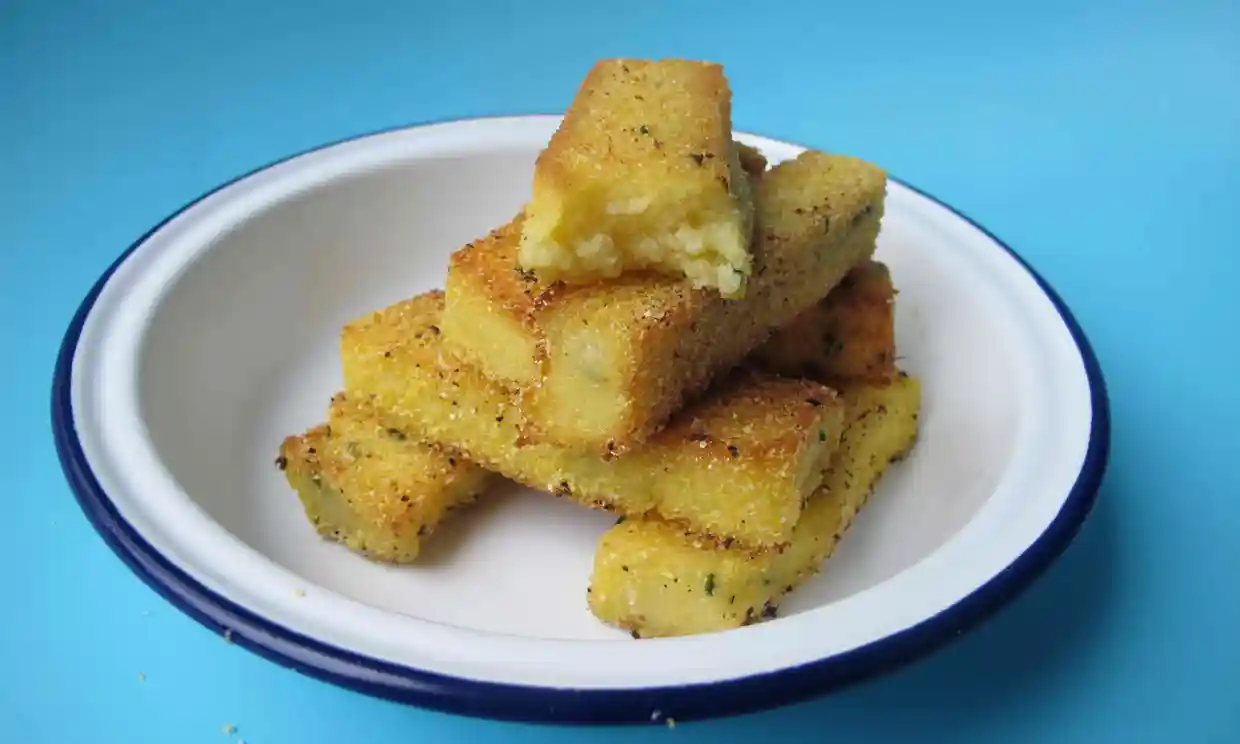
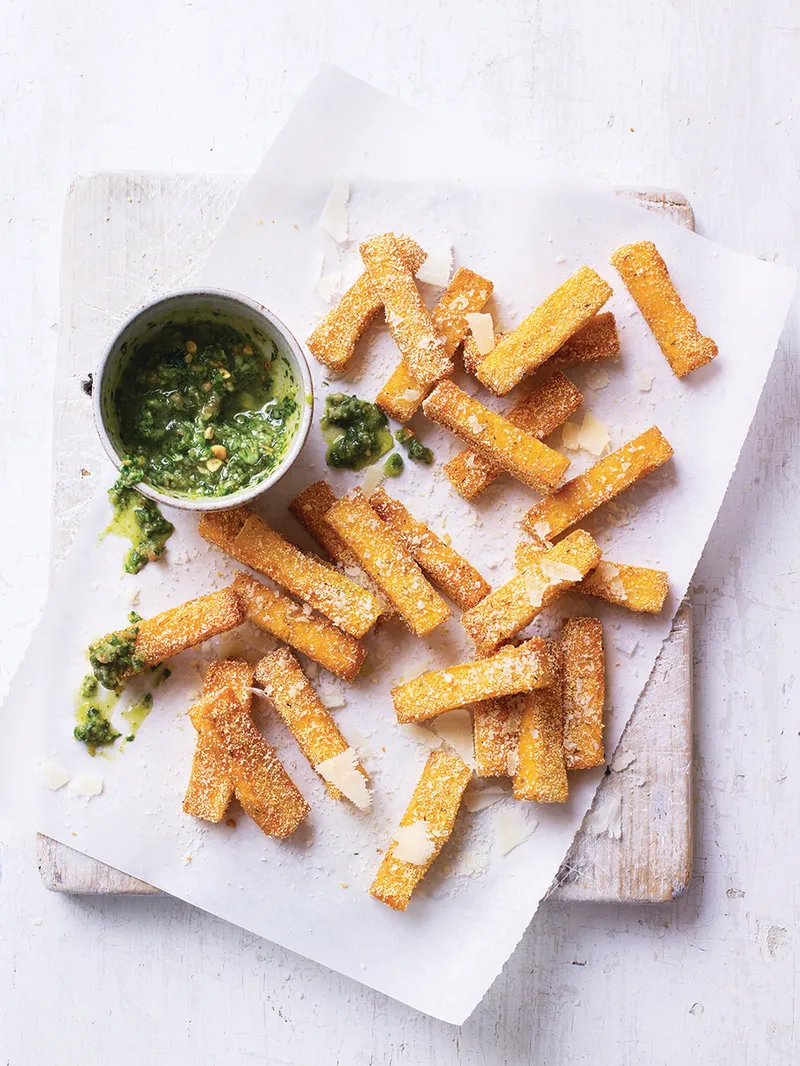
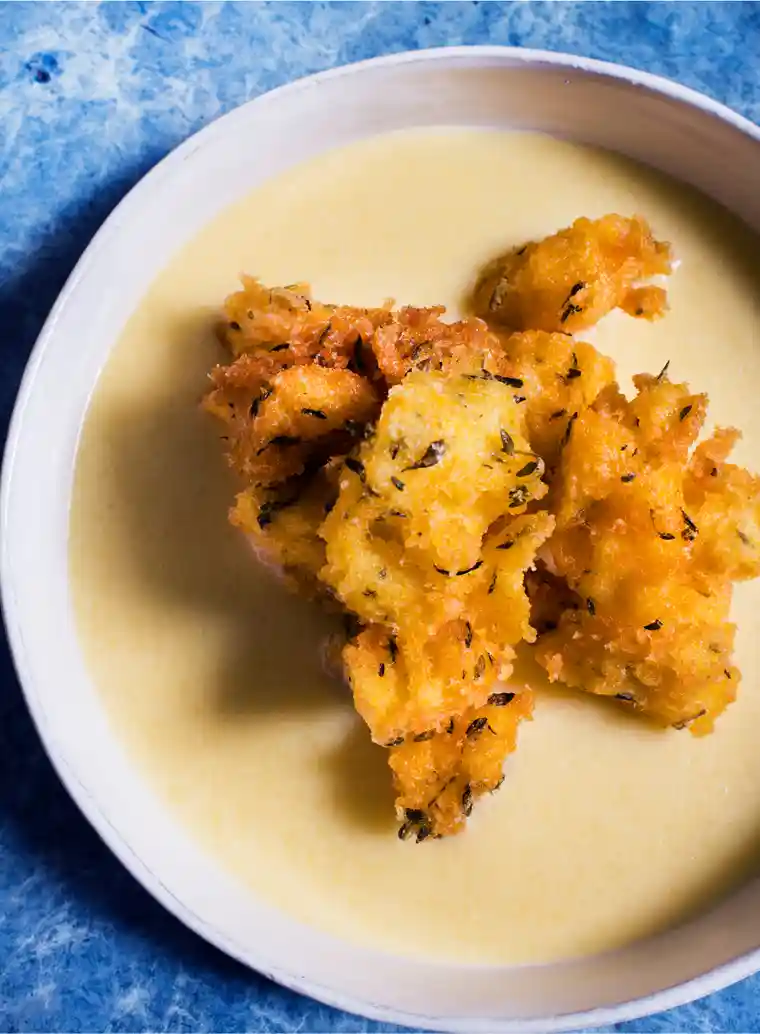




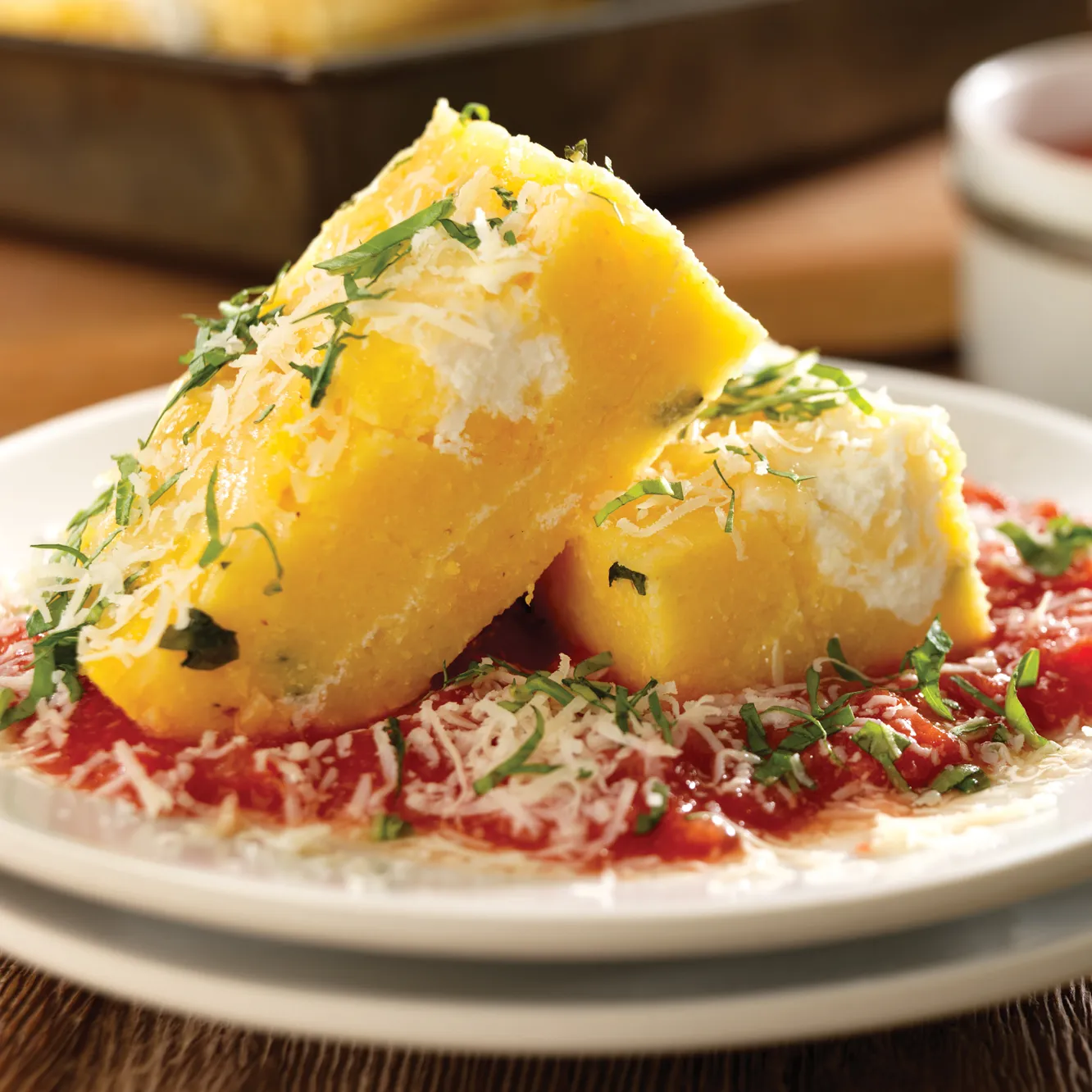
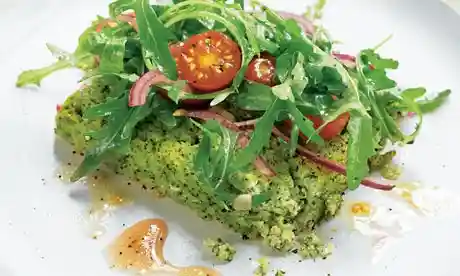






Comentarios